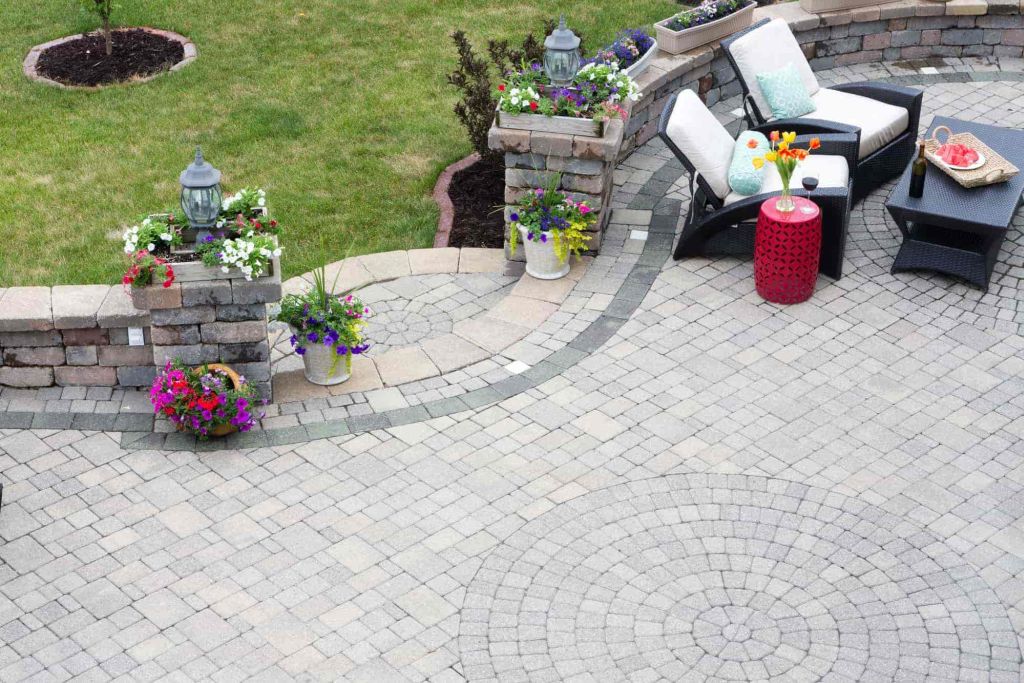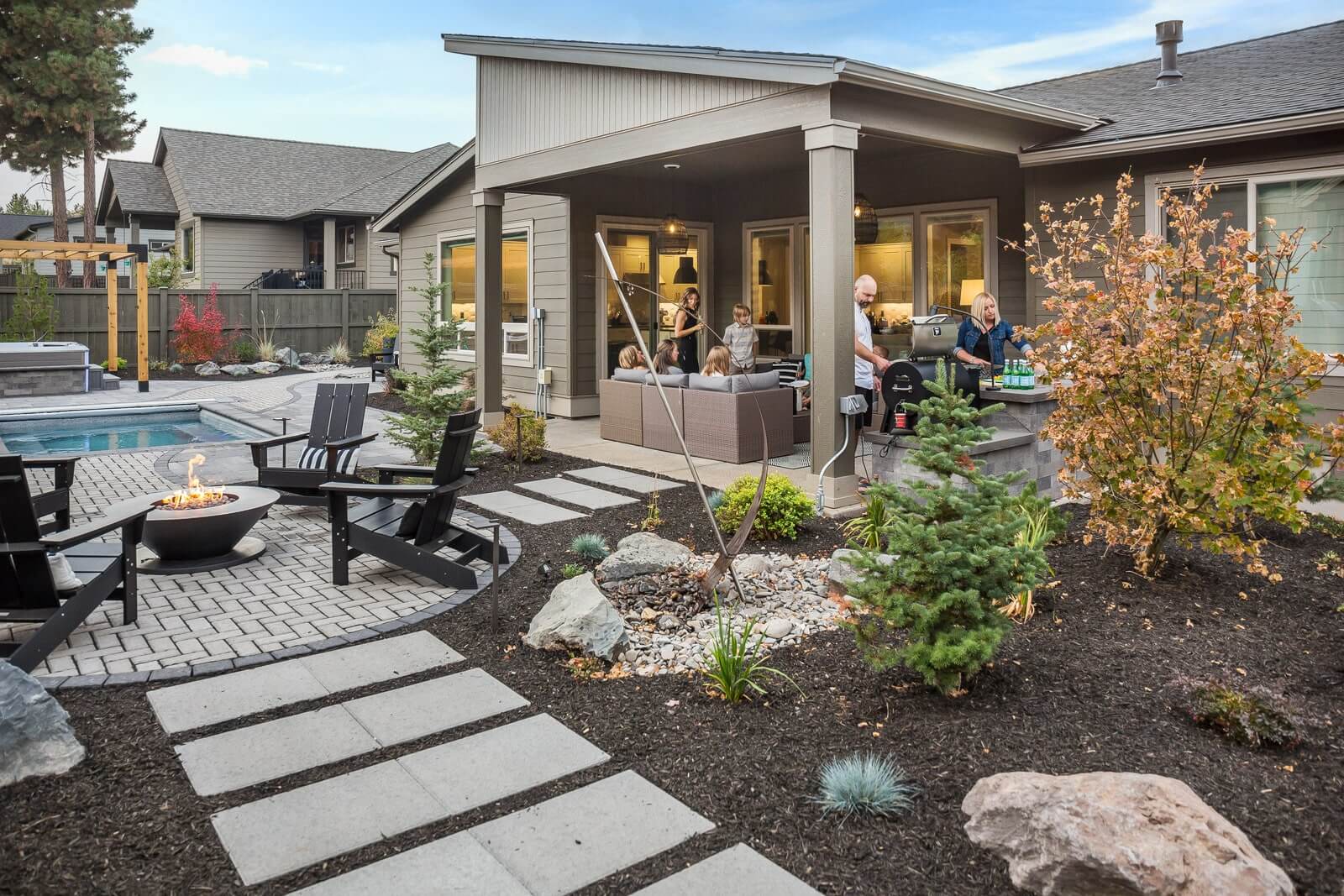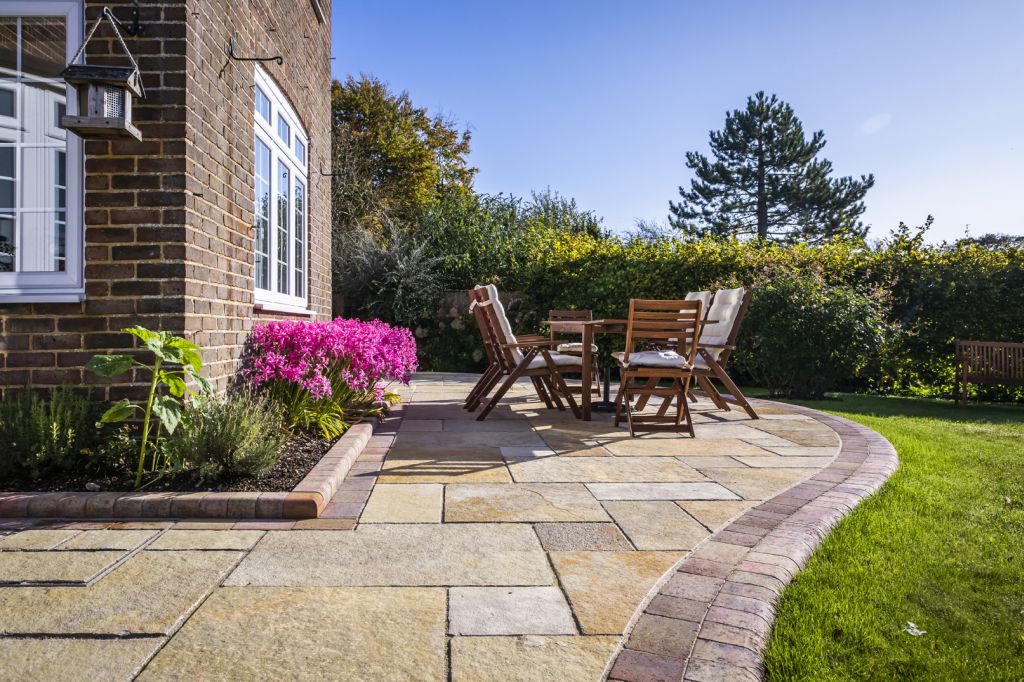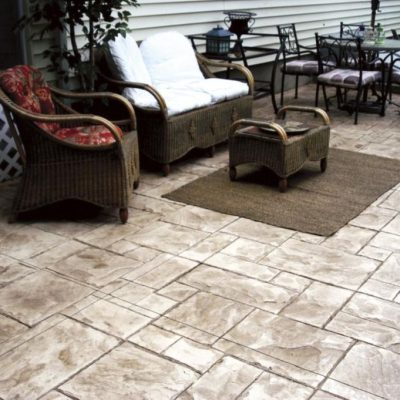Whether you’re looking to revamp your backyard, create a stunning driveway, or craft the ultimate entertaining area, pavers can elevate your outdoor space like no other material. With their versatility, durability, and design potential, pavers allow homeowners, landscapers, and DIY enthusiasts to craft unique, inviting environments. From intricate patterns to bold material choices, your outdoor space deserves a design that stands out.
This guide will inspire you with creative paver ideas to breathe life into your next landscaping project. Explore unique layouts, exciting combinations, and practical tips to transform your space into something truly memorable.
Why Pavers Are Perfect for Outdoor Spaces
Pavers are a homeowner’s best friend when it comes to outdoor design. They’re both functional and aesthetically pleasing, offering a range of choices that cater to various budgets, tastes, and climates.
Functionally, pavers are durable and weather-resistant, standing up to heavy foot traffic and all types of weather. They also help with drainage, preventing water from pooling on surfaces. Aesthetically, the possibilities are nearly endless, with options ranging from natural stone to concrete, each allowing for unique patterns and textures.
This versatility is exactly why pavers are used for everything from pathways and patios to driveways and pool decks. But choosing the right paver design can take your project from good to extraordinary.
Make a Statement with Intricate Patterns
Your choice of paver pattern can be the defining feature of your outdoor space. Classic patterns such as herringbone and basket weave never go out of style and add structure to any space. The herringbone pattern, for example, creates a sense of movement that’s ideal for pathways and driveways. Its interlocking design also provides added strength, making it perfect for high-traffic areas.
For something more dynamic, try a circular or fan pattern. These designs take a bit more planning and skill to execute, making them a standout feature in your yard. They’re ideal for focal points such as fire pit seating areas or a garden centerpiece.
Don’t be afraid to experiment with irregular patterns. This approach mimics natural stone layouts, achieving a more rustic, organic look in gardens and patios. Using different-sized pavers can create a beautiful multi-dimensional effect that feels timeless.
Mix and Match Different Materials for Visual Interest
Why settle for just one material when you can combine several to create a visually striking outdoor space? Mixing paver materials like brick, concrete, or natural stone can add depth and texture to your design.
For instance, use earthy tones like sandstone or slate for your main surface and outline with darker bricks for a distinct border. This contrast not only highlights the design but also gives it a polished and intentional feel.
Blending materials can also serve practical purposes. For example, concrete pavers in lighter colors can prevent surfaces from absorbing too much heat in sunny areas, while darker bricks add visual weight along driveways or entryways.

Explore the World of Colorful Pavers
Most people assume outdoor pavers come in neutral grays or browns, but newer design trends are flipping the script. Colorful paver designs are increasing in popularity, offering homeowners a chance to infuse their outdoor spaces with personality and vibrancy.
Consider warm terracotta hues to bring a Mediterranean feel to your outdoor space, or experiment with bold blues and greens for an unexpected pop of color. Mixing shades can also yield striking results. For example, combining cool blues and soft grays creates a calming, coastal vibe.
To ensure the design remains cohesive, match your color palette to existing landscaping features, like flowers or outdoor furniture. This helps tie the space together without it feeling overwhelming.
Incorporate Unique Paver Shapes
Another way to set your outdoor space apart is by experimenting with non-traditional paver shapes. While squares and rectangles are the go-to, irregularly shaped pavers like hexagons, diamonds, or scalloped edges can bring a fresh edge to your design.
Hexagonal pavers, for instance, add a modern flair to patios or pool decks. When laid in a honeycomb pattern, they create a contemporary, structured aesthetic. On the other hand, diamond shapes can form dramatic, eye-catching designs, particularly when alternating two complementary colors.
Using irregular shapes doesn’t just look beautiful; it also creates a sense of movement and flow, making pathways and patios feel more dynamic.
Add a Border for Definition
Borders are an often-overlooked element, but they can transform a simple paver design into something extraordinary. Outlining your patio, walkway, or driveway with a contrasting paver material, size, or color adds definition and creates a sense of organization.
A classic combination is pairing elegant bluestone pavers with a brick border. You can also use cobblestones as a decorative edge along curved garden paths. Borders don’t just serve as visual accents; they also protect the edges of your paver design from wear and erosion.
Combine Pavers with Greenery
While pavers are stunning on their own, integrating them with lush greenery can create harmony between hardscape and softscape.
For walkways or patios, consider leaving small gaps between pavers and planting low-growing ground covers like moss or creeping thyme. These plants fill the spaces beautifully, lending a charming, natural look to your design.
Around driveways or larger paved areas, line the space with flower beds or shrubs for that perfect outdoor oasis feel. Blurring the line between the paver surface and surrounding plants creates a more inviting and layered design.
Focus on Functionality with Zoning
Pavers can also be used strategically to break up your outdoor space into functional zones. For instance, use sleek gray pavers to define a modern dining area and warm-toned stone pavers for a cozy fire pit section. By varying the design in this way, you can create clear, intentional spaces that serve multiple purposes in your yard.
Consider using pavers to create a focal point, such as a seating circle or a flower bed, while leaving other sections smooth and minimal. Breaking up the space increases its functionality while maintaining an elegant and cohesive design.
Practical Tips for DIY Enthusiasts
If you’re tackling this project on your own, a successful paver installation starts with solid preparation. Make sure to level the base properly, whether you’re using sand, crushed rock, or a combination of materials. Proper drainage is crucial, so create a slight slope to prevent water from pooling on the surface.

Don’t rush the process! Planning your design, laying out the pattern beforehand, and using spacers ensures a consistent and professional finish.
Transform Your Outdoor Space with Pavers
Whether you’re envisioning a modern patio, a winding garden path, or a statement driveway, pavers offer unmatched versatility and style. With countless materials, shapes, and patterns to choose from, it’s easy to create an outdoor space that will leave a lasting impression.
Take your time exploring different designs, planning your layout, and getting hands-on with your materials. The result? An outdoor space that not only enhances your home but also becomes a favorite spot for relaxation, entertainment, and connection.


